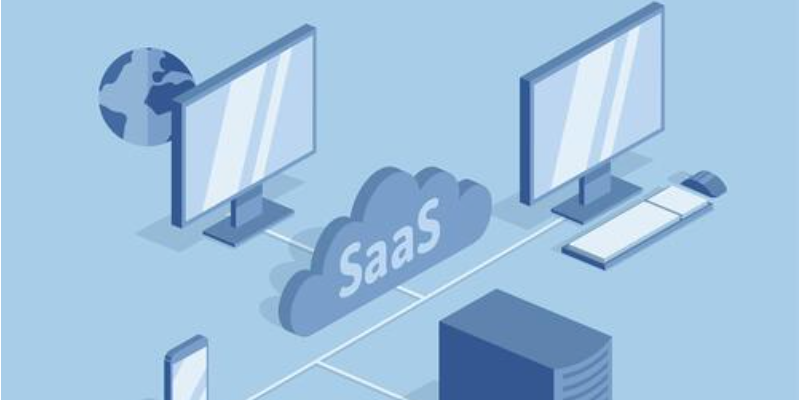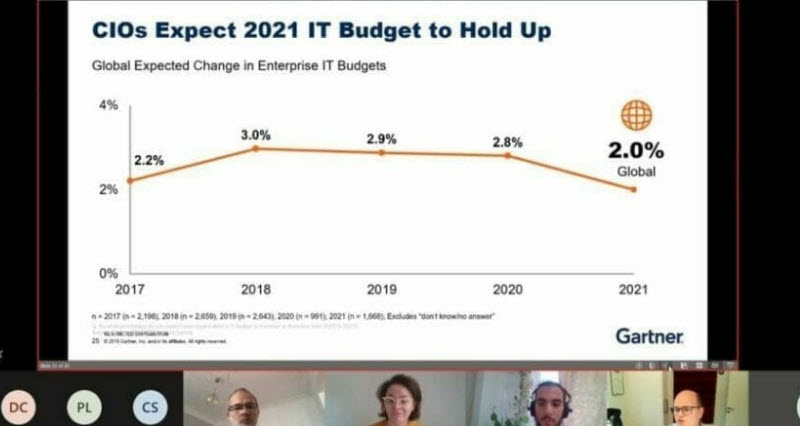
The software-as-a-service (SaaS) model is an increasingly common cloud computing option for delivering enterprise software solutions. Whether it’s email and social collaboration, or customer relationship management (CRM), enterprise resource planning (ERP), or human resources management (HRM), odds are high that your business is using at least one – and probably multiple – SaaS solutions.
Here is everything you need to know about SaaS integration:
- What is a SaaS Model?
- Types of SaaS Software
- What are the Basic Differences Between IaaS, PaaS, and SaaS?
- What are the Advantages of Software as a Service (SaaS)?
- Disadvantages of SaaS Model
- SaaS Integration
- Why SaaS Integration is Hard
- How to Integrate SaaS Software Systems
- An Integration Platform Up to the Challenge
What is a SaaS Model?
Software as a service (SaaS) is a common cloud computing delivery model that allows business application data to be accessed from any device with an internet connection and a web browser.
Instead of downloading the software directly onto your desktop computer, SaaS offers a web-based model of delivery that has software vendors host and maintain the servers, databases, and the code that comprises the application.
This saves companies a tremendous amount of money since they no longer have to invest in expensive hardware to host the software. Additionally, instead of companies paying ongoing maintenance fees as well as a perpetual license, a SaaS model means they only pay an annual or monthly subscription fee, which includes the software license and support fees.
Types of SaaS Software
SaaS offerings span all types of use cases, including:
- Email and social collaboration
- Customer relationship management (CRM)
- Enterprise resource planning (ERP)
- Human resources management (HRM)
- Content management
How does the SaaS delivery model differ from other ways you can use the cloud for your business? Read on for a basic overview of the three types of cloud computing service.
What are the Basic Differences Between IaaS, PaaS, and SaaS?
Software as a service, infrastructure as a service (IaaS), and platform as a service (PaaS) each serve a distinct purpose as a cloud infrastructure when used within an enterprise. However, there are several key differences between them.
Infrastructure as a Service (IaaS)
IaaS offers essential building blocks, database storage, and a virtual platform. An IaaS model provides cost-saving and scalable IT solutions so the complex and expensive hardware can be outsourced to a third-party cloud vendor. The IT components are also automated for customers that can self-provision the storage and processing power of the IaaS platform itself.
Platform as a Service (PaaS)
A PaaS deployment model revolves around a third-party cloud vendor that manages a computing platform, which usually includes an operating system, virtualization, servers, storage, and networking. A platform-as-a-service model does not fully replace your IT infrastructure, but it does augment what is already in place, specifically application hosting. Software development is a common PaaS category because it provides developers the tools and services required to rapidly and flexibly create new applications and microservices.
Software as Service (SaaS)
As mentioned above, SaaS is the most commonly implemented cloud computing service for enterprise customers. SaaS can either fully replace or augment traditional enterprise systems, everything ranging from ERP to accounting and supply chain and inventory management services. Users can access many cloud-based applications on an as-needed basis.
Now that you understand the key difference between IaaS vs PaaS vs SaaS, it is worth examining the advantages and disadvantages of SaaS in cloud computing.
What are the Advantages of Software as a Service (SaaS)?
The advantages of SaaS are wide-ranging, and allow enterprises to capitalize in several alluring ways:
1. Cost – SaaS models provide a much lower up-front cost than traditional IT models, saving businesses a considerable amount of money.
2. Ease of deployment – SaaS deployments are quick and easy to set up, which minimizes many of the common delays that result from a traditional software deployment. It’s also much easier to install updates since the providers themselves are the ones dealing with the hardware and software updates.
3. Accessible and scalable – SaaS models provide accessibility and scalability to make the most of your IT budget.
Disadvantages of SaaS Model
While SaaS has many appealing features and reasons that it’s grown to be such a popular delivery model for its business applications, just like any form of cloud computing, there are some potential roadblocks to be cognizant of.
1. Lack of Control – Like any form of cloud computing, you are giving up a certain amount of control to a third-party vendor.
2. Security – Another disadvantage revolves around security and data concerns, which many companies still have concerning the cloud. Access management and data privacy remain a major consideration when a company chooses to dip its toes into a SaaS model.
3. Integration Roadblocks – Not every software solution is offered in the form of SaaS either, and integration with other software, for things like single sign-on, can be difficult or even unsupported.
While leveraging the flexibility, scalability, and cost controls that SaaS solutions provider, the companies that take full advantage of their cloud applications are the ones that have flexible, scalable, cost-controlled SaaS integration software in place. Companies must be able to exchange data with their customers efficiently, and that’s especially true for SaaS providers themselves, who must support a growing roster of protocols and connectivity requirements as their customer bases grow.
SaaS Integration
What is Saas integration?
SaaS integration definition: SaaS integration is defined as the process of operationally connecting SaaS solutions to other separate computer systems or applications into a single larger system, allowing each solution to functionally work together.
The Google Suite is a great example of simple SaaS integration. Google integrates separate applications:
- Google Sheets
- Google Docs
- Gmail
- Google Drive
When using any of these applications, you can easily move data between them and can readily access one while working in another. Think how easy it to attach a Google Sheet to an email.
Of course, all the applications within the Google Suite are owned and operated by Google, so these SaaS solutions were built with integration in mind.
But what about when you need to connect a SaaS application created by one company to another SaaS application created by another company? For example, maybe you need to connect an eCommerce application like Shopify or Magento with your ERP system.
How about your trading partner EDI data? Or, what if you need to connect a SaaS application to a legacy or on-premise solution?







